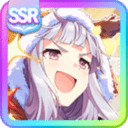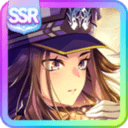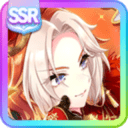Uma Musume Guide For Absolute Beginners
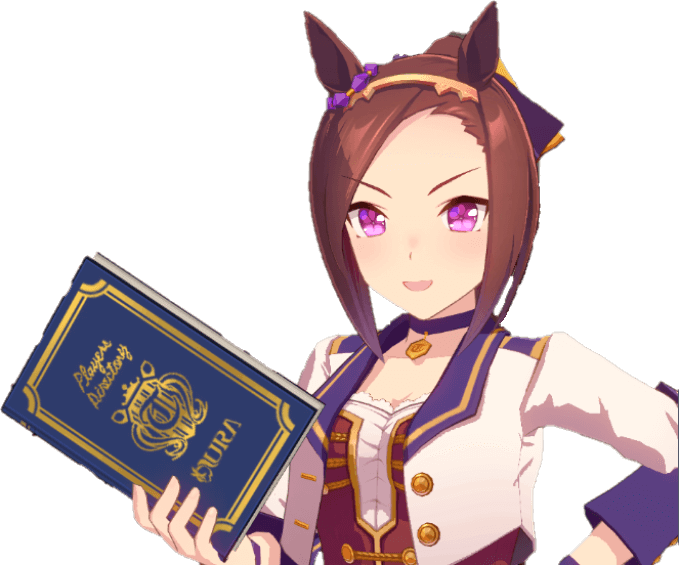
Maybe you’ve decided to check out the Uma Musume game after hearing about its success, or maybe you became interested in it after you’ve heard your friends talking about it. Or maybe you just liked the anime.
Whatever is the case, this article will tell you everything you need to know about the very basics of the game.
This guide was created when only the Japanese server existed, and explains the very basics of the game to non-Japanese speakers. Meaning that it can be overly detailed at times. If you're here for the Global server, make sure to also check out the Global server quickstart guide! However, if you need help with the basics, this guide should still serve you well.
Table of Contents
What is Uma Musume?
Uma Musume: Pretty Derby is an online gacha game with some rogue-lite elements. The main focus of the game is racing - in particular, horse racing.
However, you won't be racing with actual horses, but anthropomorphized horsegirls (uma musume). Wouldn't be a Japanese game otherwise.
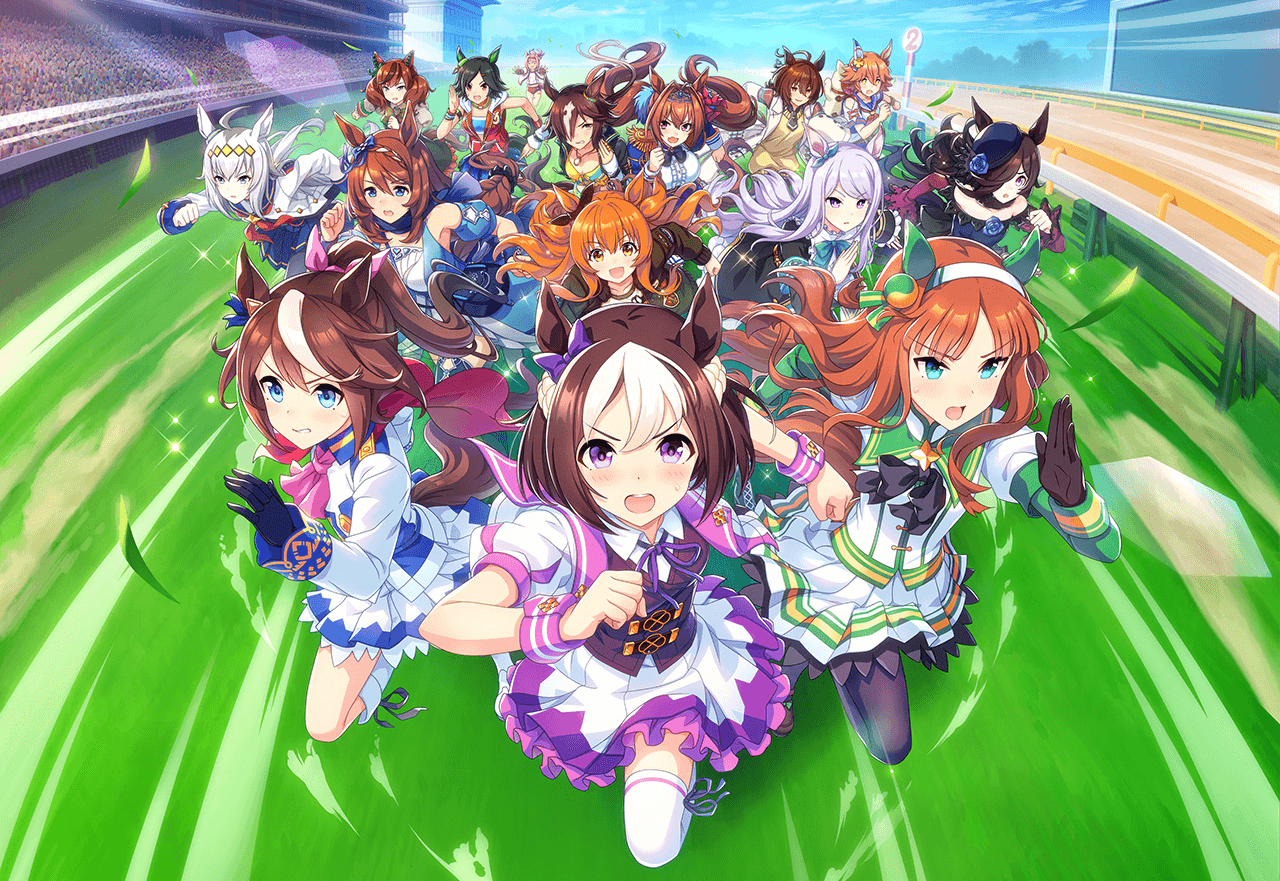
When you get a shiny new character, you can’t immediately go and use her to race in PvP or Daily races. You first have to go through a Career with her - a game mode where you'll raise the girl's stats, fight against a tide of RNG in random events, and try to succeed in races against other horsegirls to succeed in the Career scenario.
While showing off your amazing team in PvP (or bragging to your friends) is definitely fun, the Career mode is actually the main part of the game, and probably the most fun one. It’s like a raising sim rogue-lite - if that sounds like a blast to you, then, believe me, it is.
Every time you complete a Career, the character’s "version" at the end of their Career is saved (as a "Veteran"), with all the stats and skills you gained during that Career. After that, you can use that particular version in other game modes (like PvP). Or, if you're not satisfied with how the Career went, try again. Multiple versions of the same character can exist at the same time.
While Uma Musume is not the first game of this type, it’s one of the very few - so expect a completely different playstyle from your average mobile gacha game.
Is there an English version?
Yes! It released on June 26, 2025—4 years after the original Japanese version. Have a look at the Global server Quickstart Guide.
Is there a stamina system?
Most online games limit how much you can play by some sort of a stamina system.
While there is stamina in this game, it's extremely forgiving - with a full bar, you can do three training runs, and one run can take anywhere from 20 to 40 minutes (or more, if you're reading every piece of text). So if you do all three in a row, you will almost have another charge ready.

If that's still not enough for you, it's possible to recharge with the premium currency, and it's extremely cheap to do so. An extra run will cost you 10 gems - for comparison, one pull in gacha is 150. You can recharge as many times daily as you want.
You will also sometimes receive stamina recharging items for free - so all in all, it's possible to play as much as you want, really.
Uma Musume is great as both a "main" game and a "side" game. You can spend all day every day min-maxing your PvP team, or just log in once a week to do a few runs during the weekend without feeling like you're missing out on too much.
Gacha
This game is a gacha, meaning you will spend your premium currency to pull for random goodies (in this case, new characters and support cards). Well, if you’re reading this article, you probably know what gacha means. Love it or hate it, that’s how most Japanese online games are.
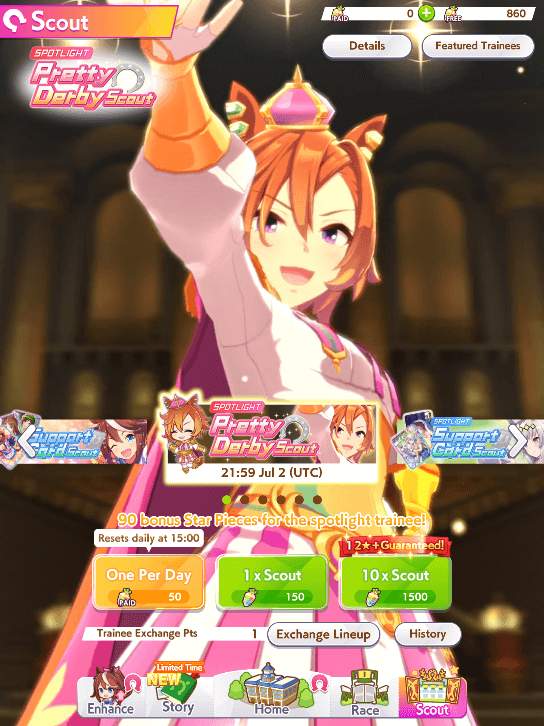
As mentioned in the previous paragraph, there are two types of gacha (referred to as "Scouts") in this game - character (Trainee) gacha and support card gacha. As a newbie to the game, you might feel an urge to only roll for your favorite characters, but don’t neglect support cards - they are important to make your horsegirls stronger.
And before you ask, yes, there is "sparking" (exchanging for a desired character or card) present in the game. If you do 200 rolls on a single gacha banner, you will be able to get the featured character/card for free. Well, "free" after having to do 200 rolls, but you get my point.
Career mode
Careers are the main content of the game, and they are the thing that distinguishes Uma Musume from most other gacha games. If you’ve ever played any raising sim games, you’ll be right at home here.
You can start a Career by pressing the big button on the bottom right side of the main screen.
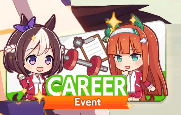
Let’s have a look at this game mode in detail.
Starting a Career
Before you can start a Career, you have to select a few things. The first one is your horsegirl of choice, of course. If you’re completely lost and have no idea who to train first, maybe try Sakura Bakushin O. She’s widely considered to be the easiest character to train and gives you a lot of leeway while you’re figuring out what button does what.
You will also select your character’s Legacies (sometimes referred to as "parents" by the community—this is horse racing, after all). Legacies affect several things and if you want to read more, go check out the legacy guide.
You can use any of the characters from previous Careers (your Veterans) as Legacies for your newly embarking horsegirls. This is one of the very few things that kind of "carries over" between runs.
It's also possible to borrow a Veteran character as a Guest Legacy from people in your Follow List, three times a day. This will be especially useful at the beginning of your trainer career, as you won’t have many options to choose from.
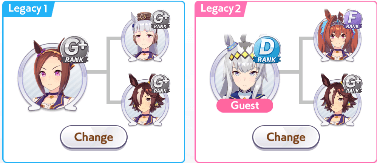
After selecting Legacies, you will also be asked to pick 6 support cards (5 of yours, 1 borrowed from your Follow list). Think of these as your Career training partners that give various bonuses when training together with them.
Every card also has a set of random events that can happen during a run, providing a look into their daily lives and giving you some more bonuses. Because of these reasons, you can’t pick a support card that depicts the same character you’re training.
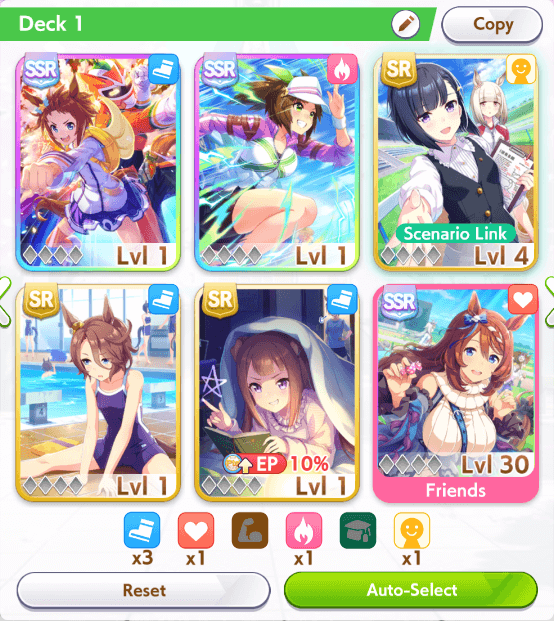
Support cards are extremely important, and as I mentioned earlier, you mostly obtain them from gacha (Scouts). I'll say it again, be sure not to neglect to pull on the support gacha - it might be tempting to spend all your rolls on a character you want, but getting good cards is crucial as well!
Turns
The management part of the game is turn-based. Every run is divided into around 70 turns, and you have several options on how to spend them.
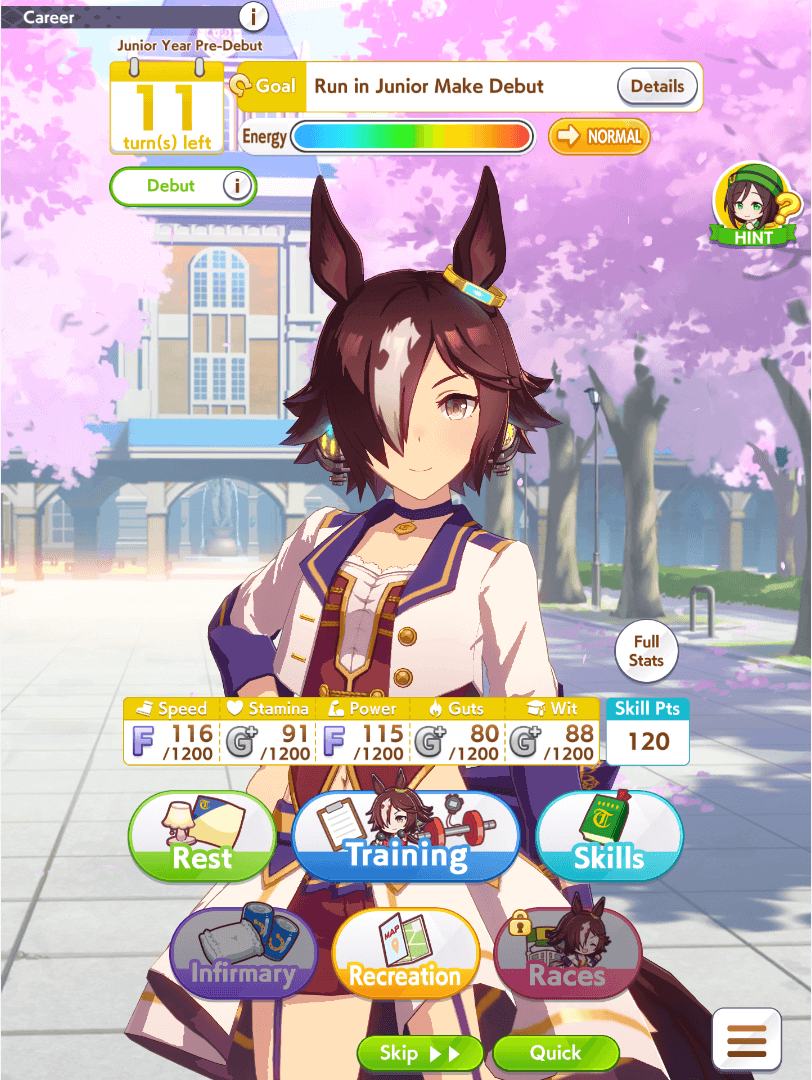
Resting will recharge your energy by 30, 50, or 70 points (it’s random, but 50 is the most common outcome). Most of the other options will consume energy, so this is where you can get it back.
The Infirmary option will only be available when you’re affected by a negative status effect, giving you a high chance at healing it. Status effects can be obtained from several sources, most commonly from random training events.
The rest of the options are more complex, so we will have a more in-depth look at them.
Raising stats (training)
The most common way of spending turns will be improving your main stats, which are speed, stamina, power, guts, and wit. Getting the desired amount of those will be one of the main challenges of every training.
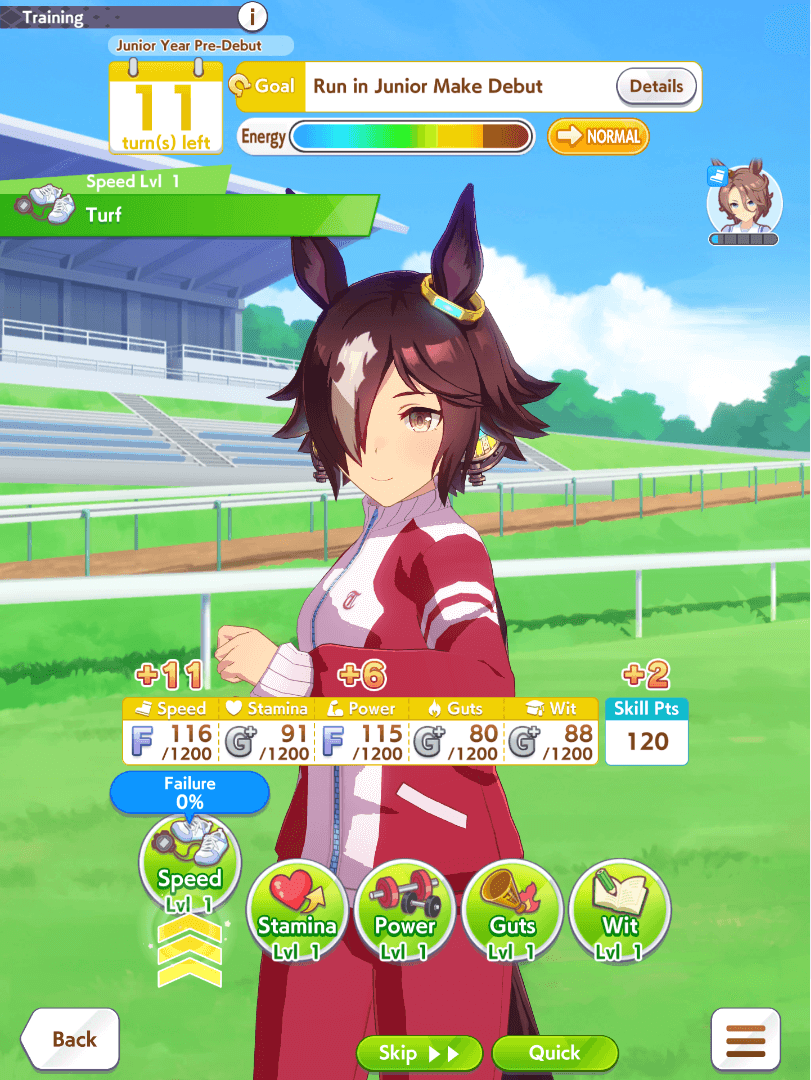
You can select one out of five facilities to train in. Training in the specialized facility will give you a large amount of the main stat, and a small amount of one or two other stats. Those are fixed - for example, training in the power facility will always give you power (a lot) and stamina (a bit less).
Types of stats
Speed affects the maximum speed of your character. Makes sense.
Stamina is something like your "hit points" during a race - run out, and your speed will fall off dramatically. The faster and longer your uma musume runs for, the more stamina she uses up.
Power affects acceleration. It also improves your character’s speed when running uphills.
Guts is… kinda complicated. Its primary goal is lowering your stamina consumption. You can usually just pump your stamina higher and this stat is sometimes neglected, but high guts builds exist too.
Wit is honestly a bit too complicated to explain in two sentences as well. However, its main purpose is to affect the activation rate of your skills. Training in the wit facility also doesn't use any energy, and gives you a small amount of it instead.
Training with supports
When you train in one of the facilities, you might notice that there are sometimes icons of other characters shown in there. Most of these characters come from the support cards, and you should always be happy to see several of them stacked in the facility you want to train in!

The facility a support character trains in is randomly chosen every turn. Some cards, however, have a higher chance to appear in the same facility type as their own type (for example, a speed-type card in a speed facility).
Training with one (or several) of your support cards will grant you extra stats, depending on the "effects" of the given support. You can check the effect bonuses in the support card list.
When you train together with your supports, their friendship gauge increases. When the gauge hits the last bar (and turns orange), another bonus will unlock - a Friendship Bonus. Whenever you train with a friendly support in the facility of their type (again, speed-type in speed, etc.), the stats granted by that training will increase. Everything will glow rainbow when that happens, so you can't really miss it.
Sometimes, a support will have a red exclamation mark (!) next to her. That's good! You want that! Training with such a character will give you a "hint". Hints will usually unlock skills to purchase (and give you a discount for them). Sometimes, they will give stats instead.
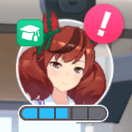
Apart from supports, there are a few story characters that can show up in the facilities. Training while they're there can give you some small bonuses, and they have their own friendship gauges. If you raise them to full before the training ends, good things can happen (usually meaning you'll get extra stats).
Skills
Skills are special abilities that your horsegirl can use during a race. There are hundreds of different skills - you can view all of them in the skill list if you’re ever lost and don’t know what skill does what.
You will have to buy most of your skills from the Skills menu. Not all of them are available for purchase - you will have to unlock them in the shop from one of the many possible sources first. Some of the sources are sparks (getting them from the character’s legacies), support card hints, random events, or races.
All characters also have several skills that are automatically unlocked, and you can also "awaken" more of them by increasing their Potential Levels with resources you get during trainings. Skills unlocked through Potential levels are unlocked for purchase in Careers permanently, so that’s another one of the few things that can carry over between runs.
While you can access the menu from the main training screen, unlike the other options there, purchasing skills doesn’t use up your turn. So feel free to look around as much as you like, and buy as many skills as you like. Or, more likely, as many as your skill points allow you to.
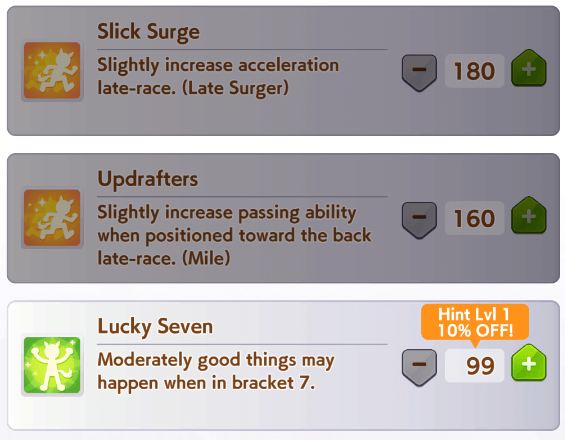
Speaking about skill points, as you probably already guessed, they are the currency to buy skills with. You can get them from training events, and, most commonly, from participating in races.
Going out
Ever wanted to go on a date with a horsegirl? Well, now's your chance, because that's exactly what the yellow button does.
There is one more important status we haven't talked about yet, and that's mood. Its current value is shown on the top right of your screen.
Having high mood gives you more stats when training, and it also makes you better at racing. What's not to love? Always try to keep it maxed if possible.
And about how to increase it, yes, that's right - by going out for some recreational fun with your character! There are several random possibilities when you go on an outing - shrine, karaoke, or just going out on a walk together.

Each of the outings will increase the girl's mood, and give a small bonus on top of that. Going on a walk or visiting the shrine will recharge some energy, while karaoke will give you one bonus mood level (two instead of one). Shrine visit can sometimes also heal a negative status effect, if your uma musume has one.
There's also a secret minigame that can randomly happen while on an outing, but I'll let you discover that one for yourself!
By the way, there is a "Pal" type of support cards with characters that are not horsegirls - like Tazuna (the secretary) and Aoi (the young trainer girl).
When training with them, they will lower your energy consumption instead of granting bonus stats, but there's one more thing about these supports - you can go on recreational outings with them too.
Every Pal type support character has a different set of outings with different rewards. These are usually much better than a standard outing, and you can view them in the previously mentioned support card list (search for Tazuna, for example).
Racing
Of course, a game about horse racing must include races. They’re all based on actual Japanese horse races, so if you’re into that, you’ll feel right at home here.
The races are fully automated (no user input after it starts), but they’re extremely satisfying to watch. While you can skip them and go straight to the results, I can assure you that a great deal of fun (at least in the beginning) will come from cheering on your horsegirl as she fights for first place. The game does a really good job of making you feel like an actual trainer.
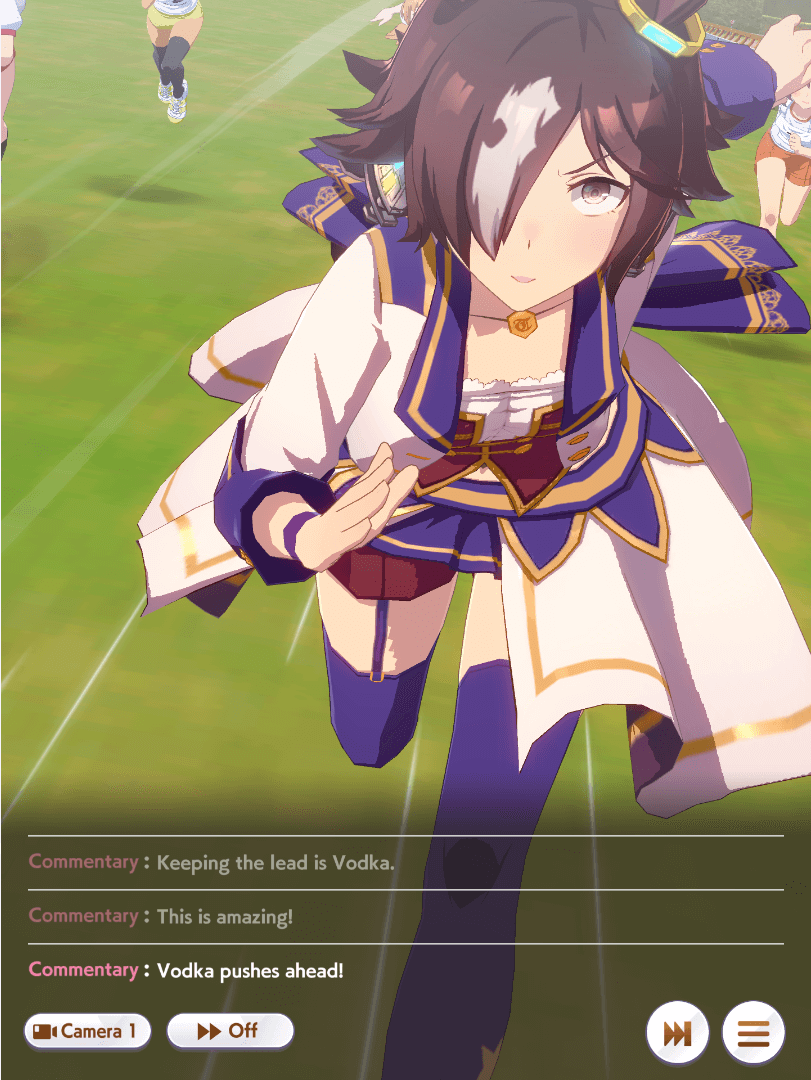
There are several mandatory races you’ll have to do in a Career, and a plethora of optional ones. You can enter an optional race during your turn any time you feel like the training options are just not good enough. Participating costs some energy, but gives several rewards, most importantly a lot of skill points.
On the actual race screen, you can review the stats of your horsegirl, or of any of the participating NPCs. You can also adjust your running strategy here.
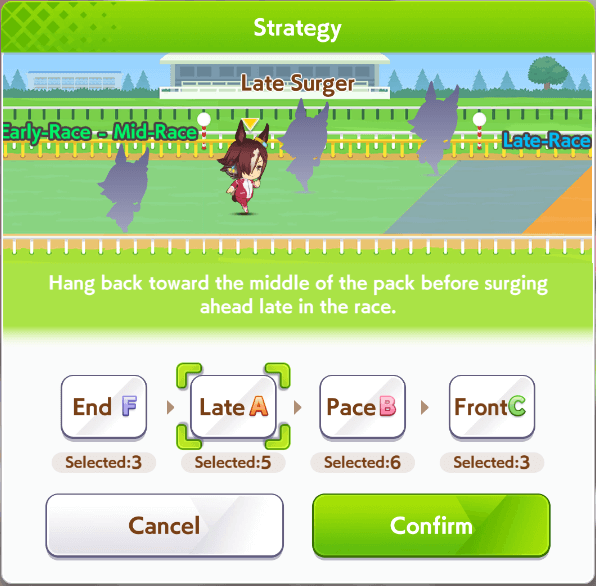
There are four strategies in total - from left to right, called End Closer, Late Surger, Pace Chaser, and Front Runner. You should always use a strategy your character is good at, unless you know what you’re doing. End Closers stay in the back of the pack and pushes for victory in the final phase. Late Surgers are similar but doesn’t stay as far back. Pace Chasers try to stay even further ahead and "lead" the main pack. Front Runners always push for first place and try to win by getting a big lead on everyone else early.
Career goals
Every horsegirl has a set of predetermined goals she has to meet during her Career. You can review them at any time by clicking a button on the top of your screen.

You must pass those goals to continue the Career. If you fail any of them, that’s it - the run ends there and you’re gonna have to restart.
The goals are usually something like "finish at worst 3rd in a particular race", or "get a set amount of fans by this date". You get fans by placing well in races, so, yeah, it's mostly all about doing a good job on the race track. That's what this game is about, after all.
Career events
When starting out, you'll quickly notice that spending a turn in a Career usually does way more than simply showing you "congrats, your speed increased by 10!".
After whatever action you opted to do is done, a visual novel-esque sequence has a possibility to be played. There are about a bazillion of these events for you to enjoy, as every trainee (i.e., character) and support card has several unique ones.
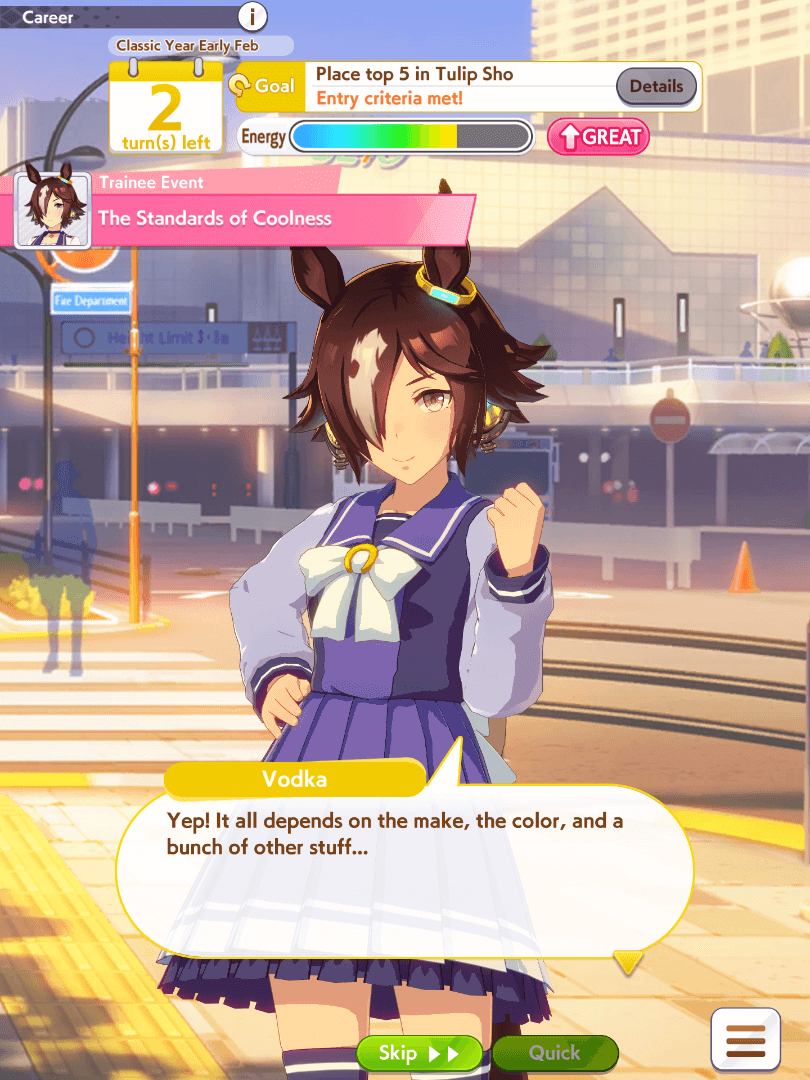
These events are little snippets of the daily life at the school - some of them will be about your trainee, some of them about your supports, some of them about the main story. A lot of them happen randomly, and others will trigger at a specific time in the training (like the first shrine visit of the year in January).
Usually, an event will give you something - be it stats, skill points, or status effects. Sometimes, the outcome might be negative as well.
In some of the events, you will be presented with a dialogue choice. As you could probably tell, selecting different dialogue options will lead to different outcomes. There's a tool here at GameTora to help you with these, so be sure to use it if you want to min-max the event rewards.
Other Game Modes
While the Career mode is the heart of the game, raising a bunch of trainees without being able to use them further would probably feel a little bit empty. That’s why there are several other game modes where you’ll be able to showcase your awesome horsegirls!
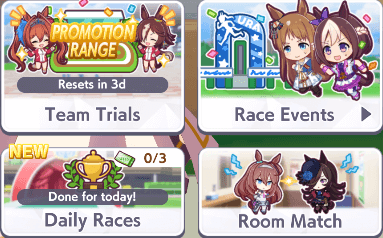
Daily races
You can participate in a Daily Race three times every day. There are two types of them, the first one giving "monies", the second one support card upgrade materials.
There are three difficulty settings for both of them. Doing higher difficulty will yield more of the respective material, as you probably guessed.
You should always do the highest difficulty you can win, three times per day. The amount of mats you get from them is not especially astounding, but, well, it’s free and fast to do. And you need to do them for your daily missions anyway.
Legend Races
Legend races, hidden behind the "Race Events" button in the other mode menu, are the cool cousin of daily races. They are limited, meaning that they’re not available all the time, but only a few times per month. When a Legend race event is on, the bottom right button on the race screen will light up.
A Legend race will usually be available for three days in a row, and you’ll be able to challenge it three times a day (the same as daily races). You will compete against several horsegirls as usual, however, one of them will be marked as a "legend", and she will be your main opponent.
The "legend" character will be the same throughout all three days. By participating in the Legend races, you will be able to get corresponding character star pieces - for example, during a Special Week Legend race, you’ll obtain Special Week star pieces. The star pieces are used to raise the rarity (star) rating of your characters permanently and are very valuable.
The amount of star pieces you get per race is determined by the race result. There’s also a bonus for the first victory (1st place) during a Legend race event. You definitely want to do (and preferably win) legend races whenever they are available!
Team Trials (PvP)
There’s a PvP mode in Uma Musume, but even if you’re not exactly a fan of PvP in gachas, don’t worry - it’s extremely chill and pretty fun!
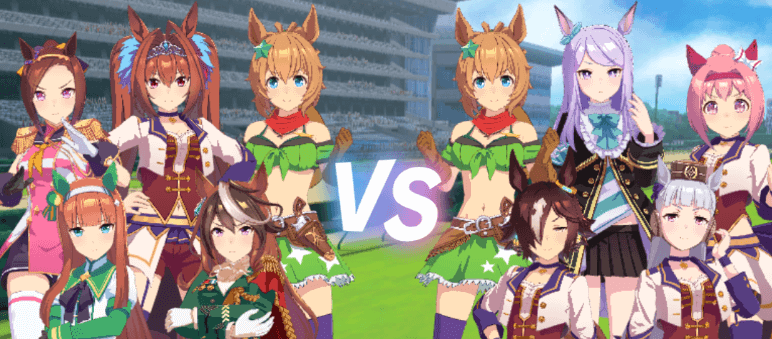
In Team Trials, you can start a match against players around your power level. Every match consists of five races - sprint, mile, medium distance, long distance, and dirt. Dirt is the same distance as mile, but the race is held on a dirt surface, while everything else is turf.
As you can see, it's important to have a lot of different Veteran horsegirls - only raising long-distance Front Runners will not do you much good in PvP!
Your PvP journey starts with selecting your teams. Each of the five teams will have one character for now, but it will increase to three as you progress in the Team Trials mode. They will also serve as a "defense" against people challenging you, but there's no penalty for losing to others, so don't worry.
After you select your teams, you can start challenging others. One match costs one RP, which recharges at a rate of one per two hours.
In the actual match, it's possible to quickly skip the races, or you can watch them in full if you want to.
Each of the five races will give you a number of points. The calculation is pretty complex, and you can read more in the PvP scoring article if you're curious. If you win at least three of the races, you'll get a victory bonus on top of that.
The only thing that matters in the PvP rankings is your best score in the current week. That's it! Simple, yet fun system - if you don't time to play but are strong enough, you can rank well with only one match. Or, you can try doing a lot of matches against a lot of different opponents and go for the top ranks, if you desire to do so.
When you start the Team Trials mode for the first time, you might notice that you're in something called "Class 1". That's the starting rating group. By doing well and getting a nice weekly score, you can move up to Class 2 for the following week.
There are a total of six classes, and being in a higher class gives you better bonuses at the end of the week. First-time bonuses are also a thing - for example, the first time you reach class 5, you will receive 1000 carats.
Conclusion
Hopefully, this guide helped you gain a basic understanding of the game.
Uma Musume is a relatively complex game, but I can guarantee you that it's also a lot of fun.
So go ahead, start a training with a girl that you like, make a lot of mistakes, watch plenty of exciting races, and eventually, you'll notice that this game has become second nature to you!
Good luck on your journey as a trainer, and may the wind always be at your (uma musume's) back!




